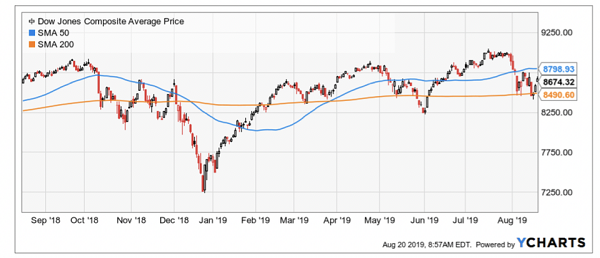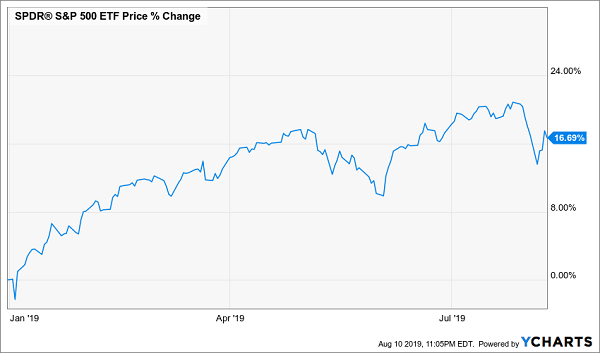Insider buying can be a great indicator for us income investors to buy alongside management. After all, when the big bosses reach into their own pockets to purchase their own payout streams, it’s a signal that they are confident in more than just the next dividend.
They believe their stock has upside, too. Often this results in total returns (including dividends) up to 214%. I’ll show you some examples, and also break down some current “buy” signals, in a moment.
First, let me make sure we are not mixing up insider buying with insider trading. They are two different things.… Read more



Recent Comments